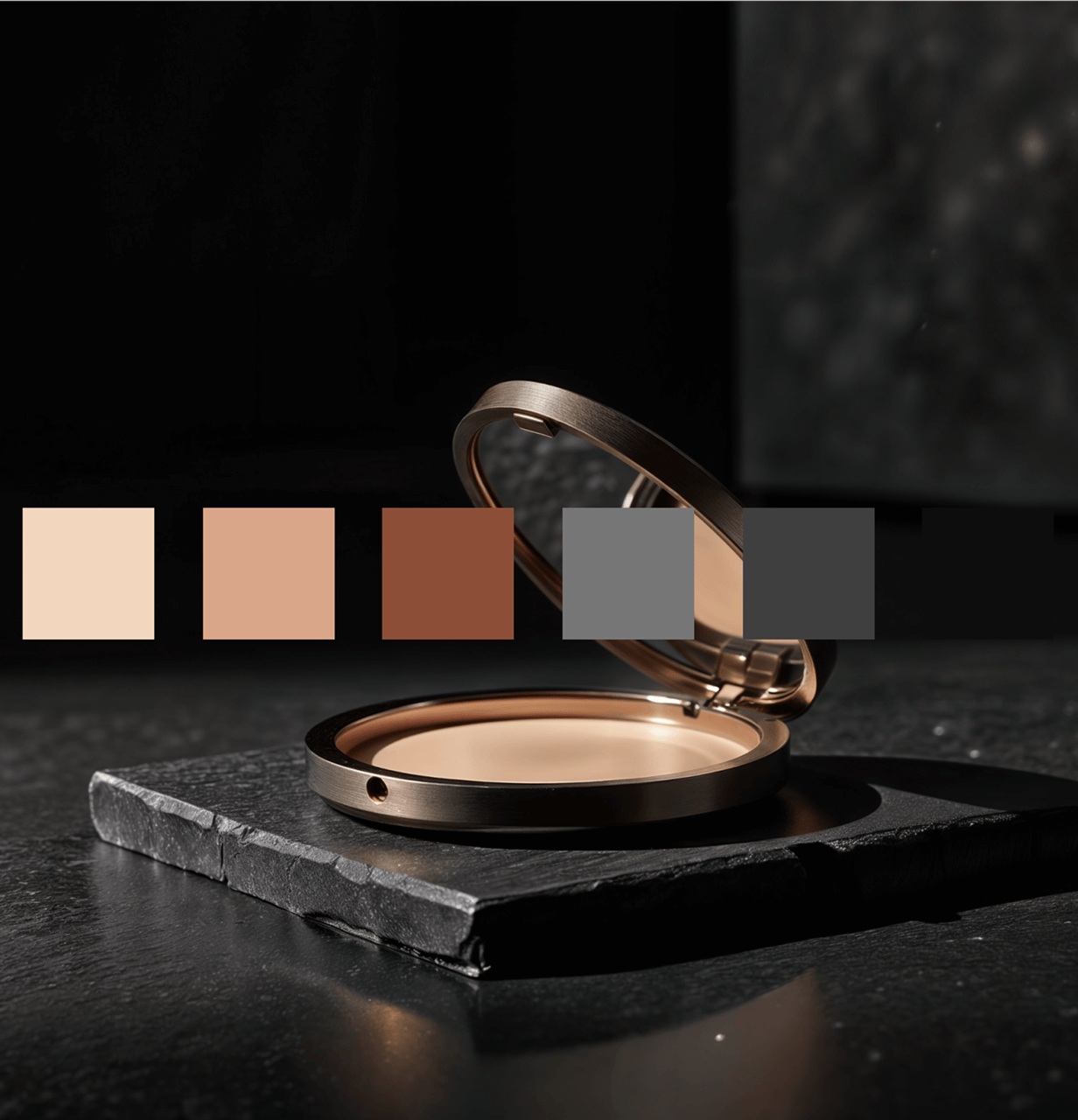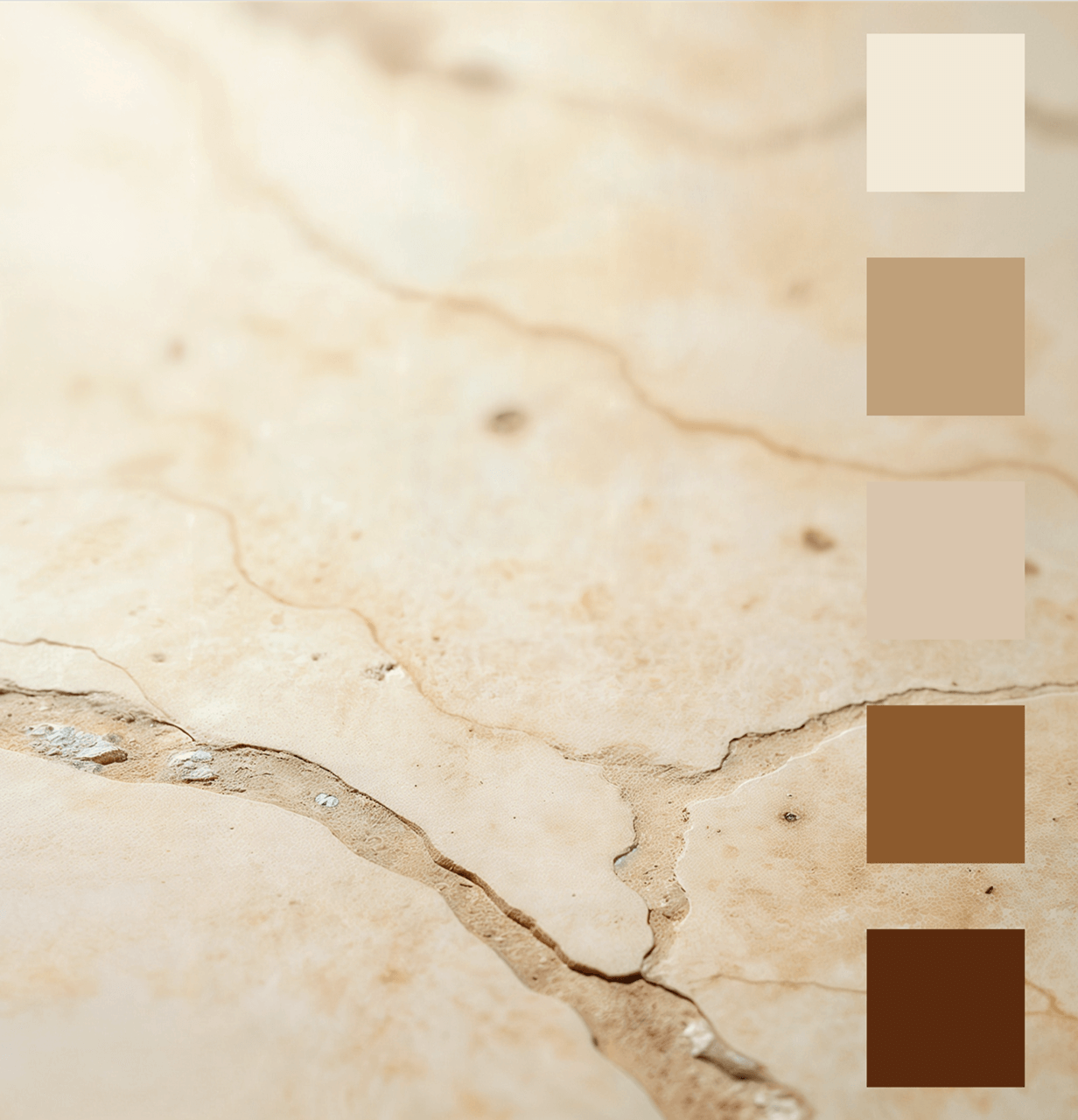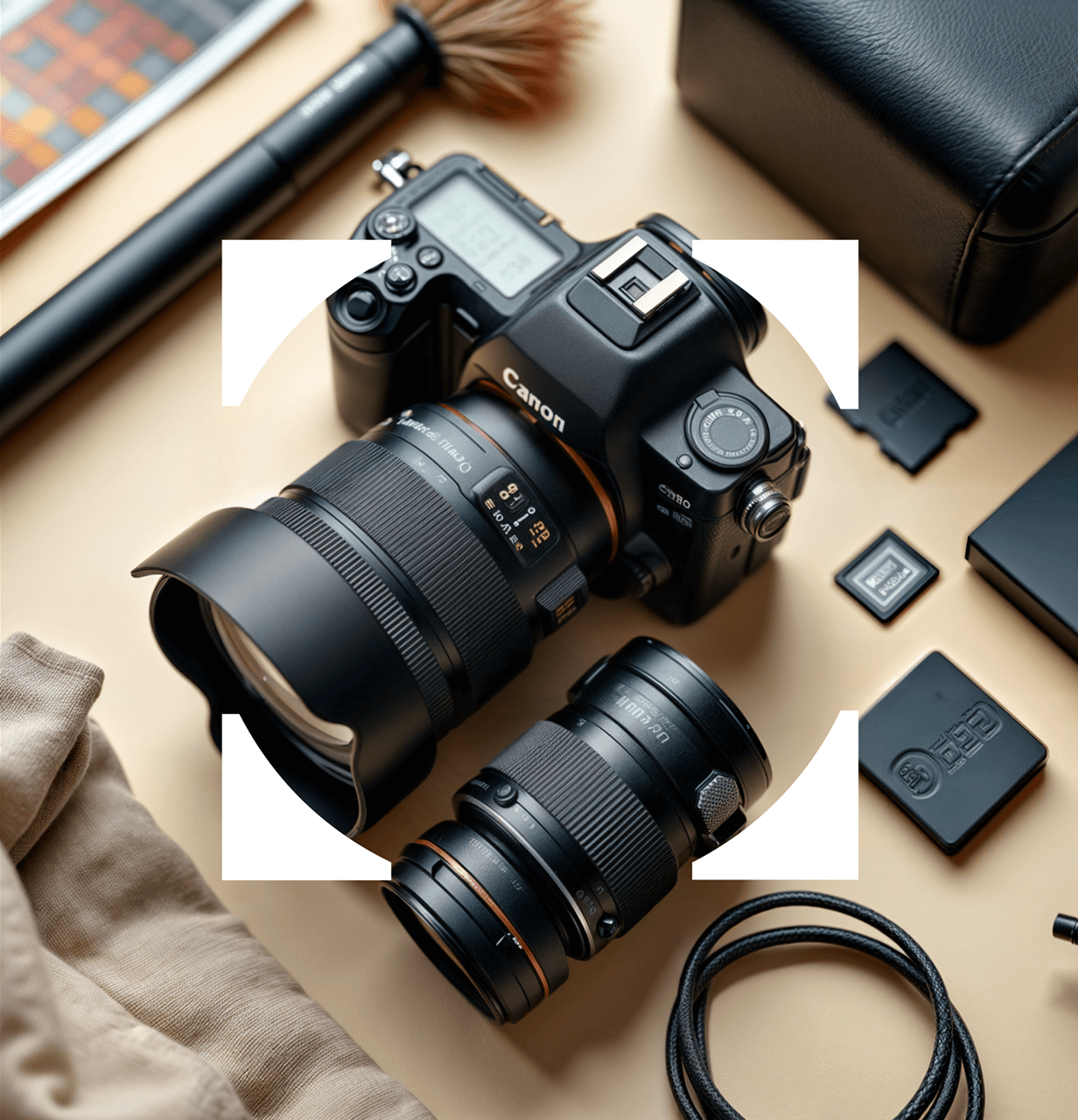Quality Control System
the Pass/Fail
Pass/Fail metrics are a vital quality control tool in Mojave Color’s workflow, ensuring consistency and precision at every stage of the imaging process. These metrics define clear thresholds for performance, ensuring that every component—from lighting setup to camera calibration—meets established standards. By applying objective Pass/Fail criteria, Mojave Color helps photo teams address issues early, reducing errors, avoiding costly post-production adjustments, and delivering reliable results.
Key Criteria Monitored
- Lighting: Quality, spectrum, and modifiers used to ensure proper color rendering.
- Camera Calibration: Key settings like exposure, white balance, and ISO for optimal color capture.
- Image Processing: Defines the intended output and processing workflow (e.g., raw processing, color engine).
If any metric falls outside of set thresholds—such as improper lighting or white balance—adjustments are made to bring the setup back into calibration. Continuous monitoring throughout the shoot ensures that each image aligns with the defined parameters.
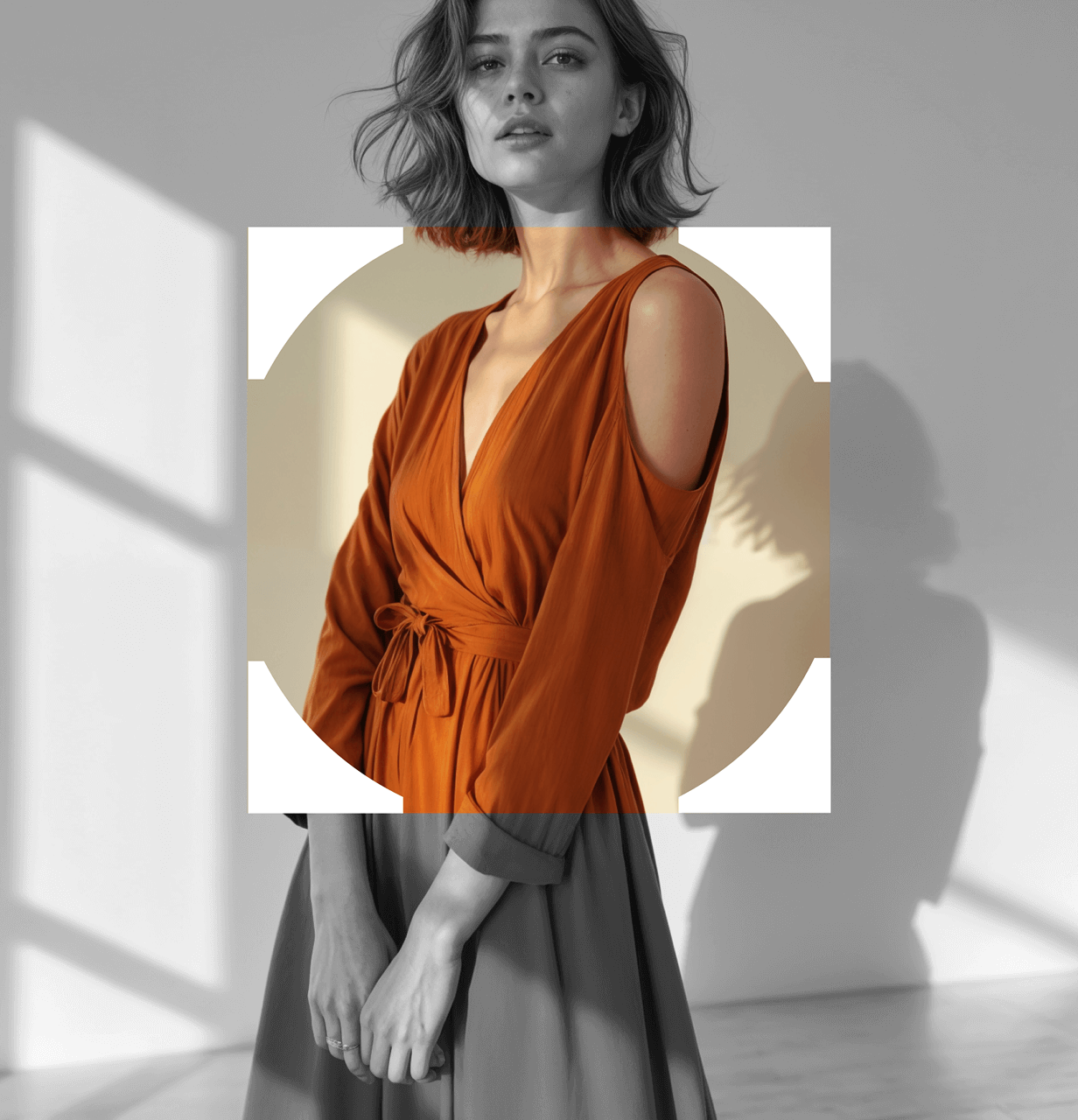
Camera Color Characterization Color Analysis
Mojave Color’s approach to camera color characterization ensures precise and consistent color reproduction in eCommerce photography by addressing the camera’s color response early in the workflow. This eliminates the need for subjective corrections and unreliable manual adjustments.
Camera Capture
Process Control
Camera Capture Process Control is the foundation of Mojave Color’s workflow, ensuring precise camera calibration by managing key variables such as lighting and camera settings. By rigorously controlling these conditions, Mojave Color guarantees consistent, high-fidelity color reproduction across all sessions and setups, with a particular focus on maintaining proper lighting quality for accurate camera profiles in eCommerce and apparel photography.
Benefits of Camera Capture Process Control
- High Precision: Achieves an average Delta E (dE*00) <1.0, imperceptible to the human eye.
- Consistency: Repeated monitoring ensures reliable results across sessions and setups.
- Efficiency: Automation simplifies workflows, allowing teams to focus on creative work while maintaining technical accuracy.
- Color Confidence: Ensures trusted results for photo teams, studios, creatives, brands, and retailers.
.png)
Integrated calibration for every stage of production
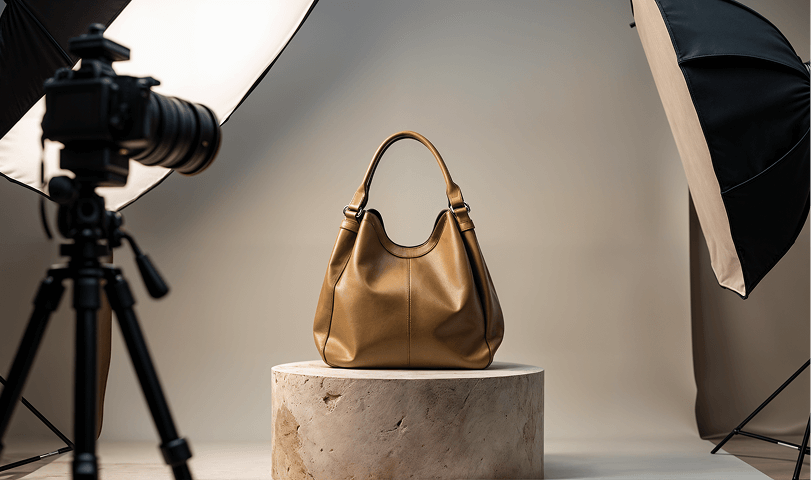
Pre-shoot setup: camera color process control
Pre-shoot setup ensures optimal lighting conditions and prepares the tools needed for precise camera color calibration.
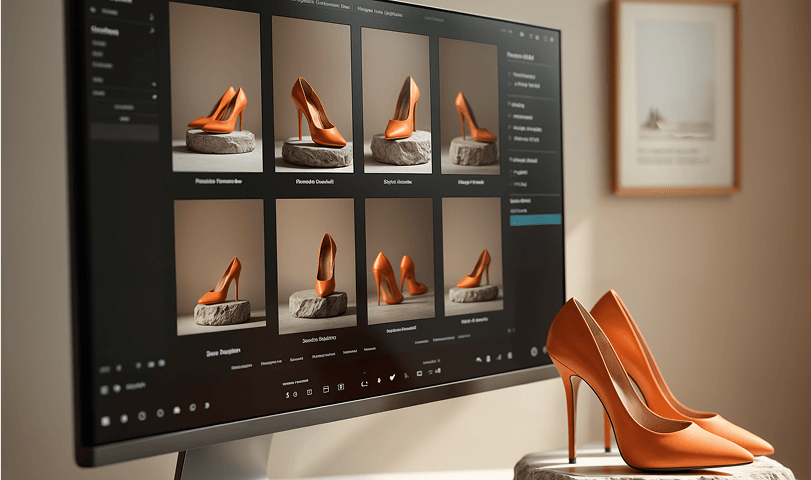
Image capture
The image capture stage focuses on producinghigh-quality, color-consistent images using calibrated equipment and workflows.
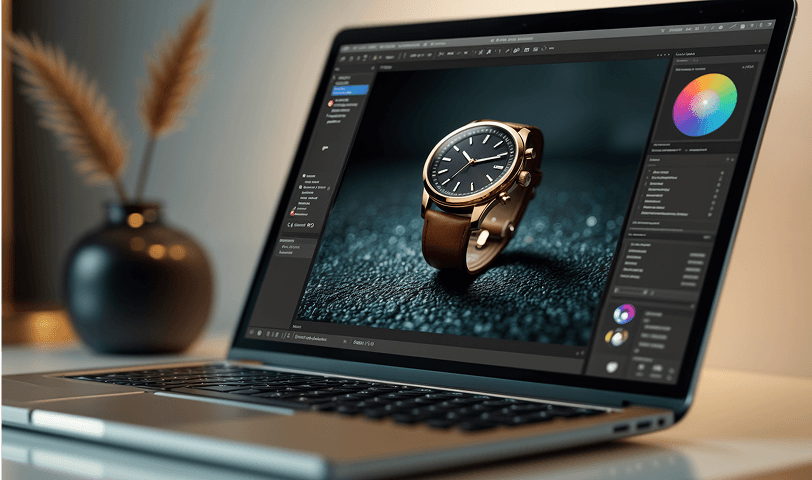
Post-production processing
Post-capture processing converts raw image data into production-ready files while maintaining consistency within the Mojave Color workflow.
Built for the challenges of e-commerce photography

Applications:
- Calibrates product images with custom profiles and lighting.
- Reduces post-production corrections by validating color at capture.
- Increases consumer confidence and reduces returns.
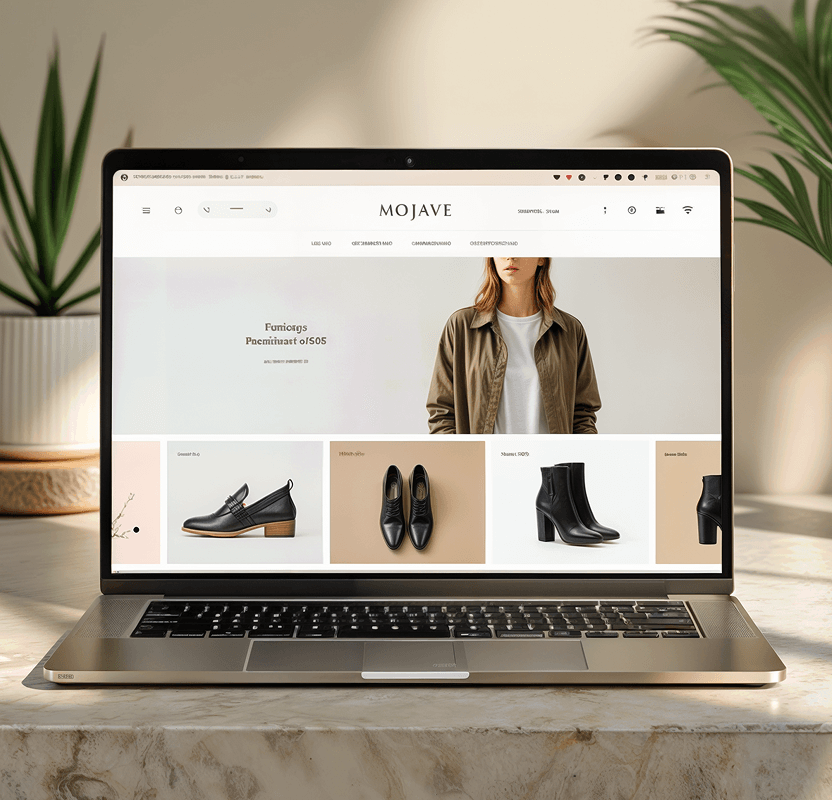
Photography
Applications:
- Standardizes workflows for consistent visuals across teams.
- Streamlines production while maintaining color fidelity.
- Builds brand trust with uniform imagery.
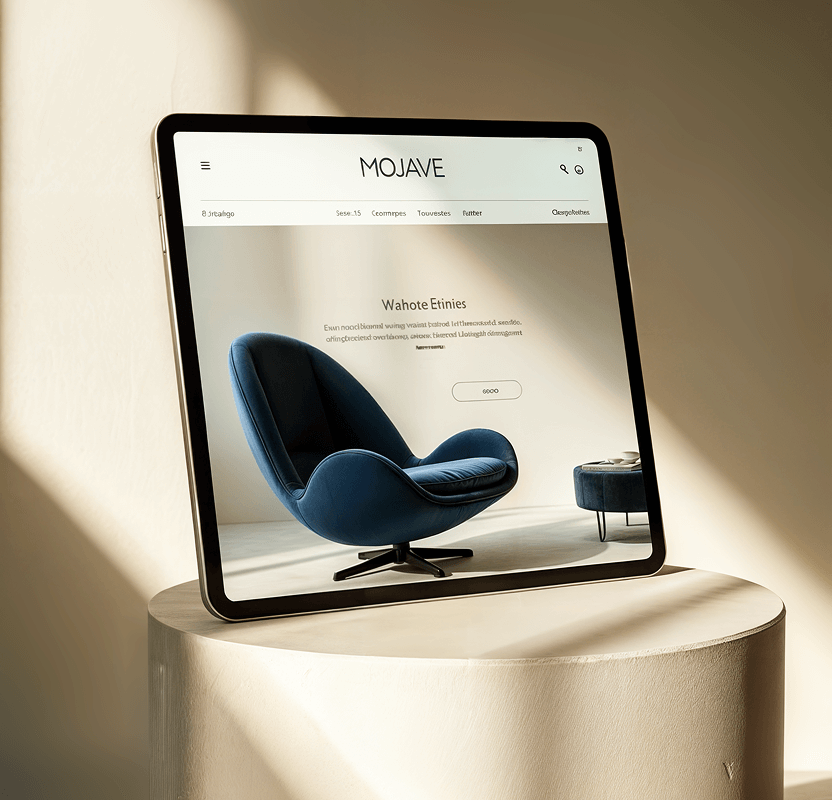
Décor Photography
Applications:
- Custom profiles handle material variations and lighting complexities for camera color capture.
- Process control ensures consistency across product lines and extended shoots.
- Helps reduce uncertainty for online shoppers, leading to more confident purchasing decisions.
Delta E (dE*): The metric behind color fidelity
Delta E quantifies color consistency, helping photographers and post-production teams make adjustments before images are finalized. In eCommerce, where large volumes of images must align, dE* is a crucial quality control metric that minimizes variability. By integrating dE* into workflows, teams can address color inconsistencies from lighting to camera settings and processing. This approach boosts efficiency and allows brands to scale without compromising color quality.
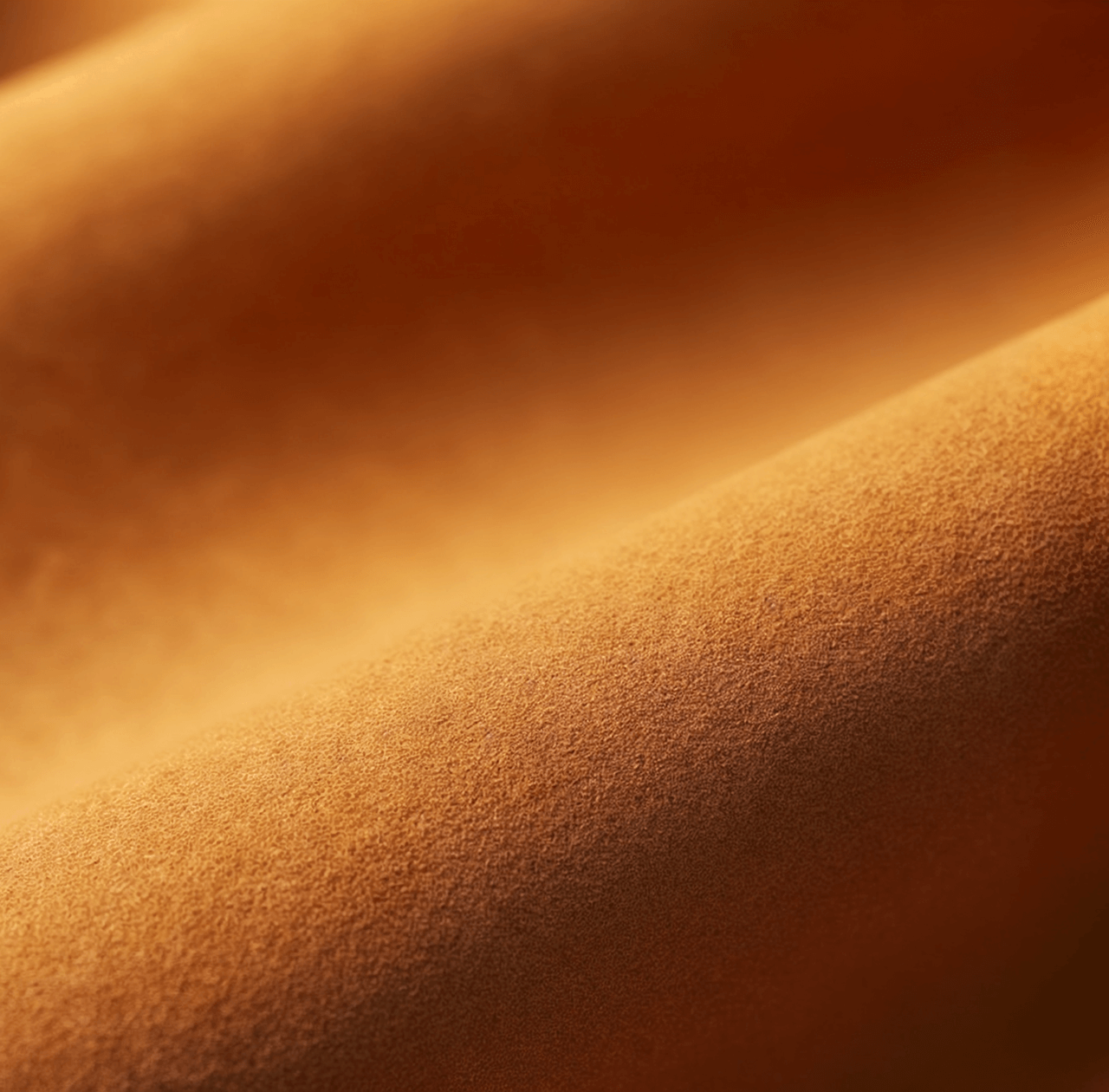
Practical dE*00 Guidelines
- < 1.0 dE*00: Ideal; differences are imperceptible.
- 1.0–3.0 dE*00: Differences are perceptible to the human eye.
- > 3.0 dE*00: Noticeable difference; higher risk of consumer dissatisfaction.
Without standardized processes for camera color calibration and lighting consistency, factors like textiles and post-production edits can introduce variations that magnify return risks.
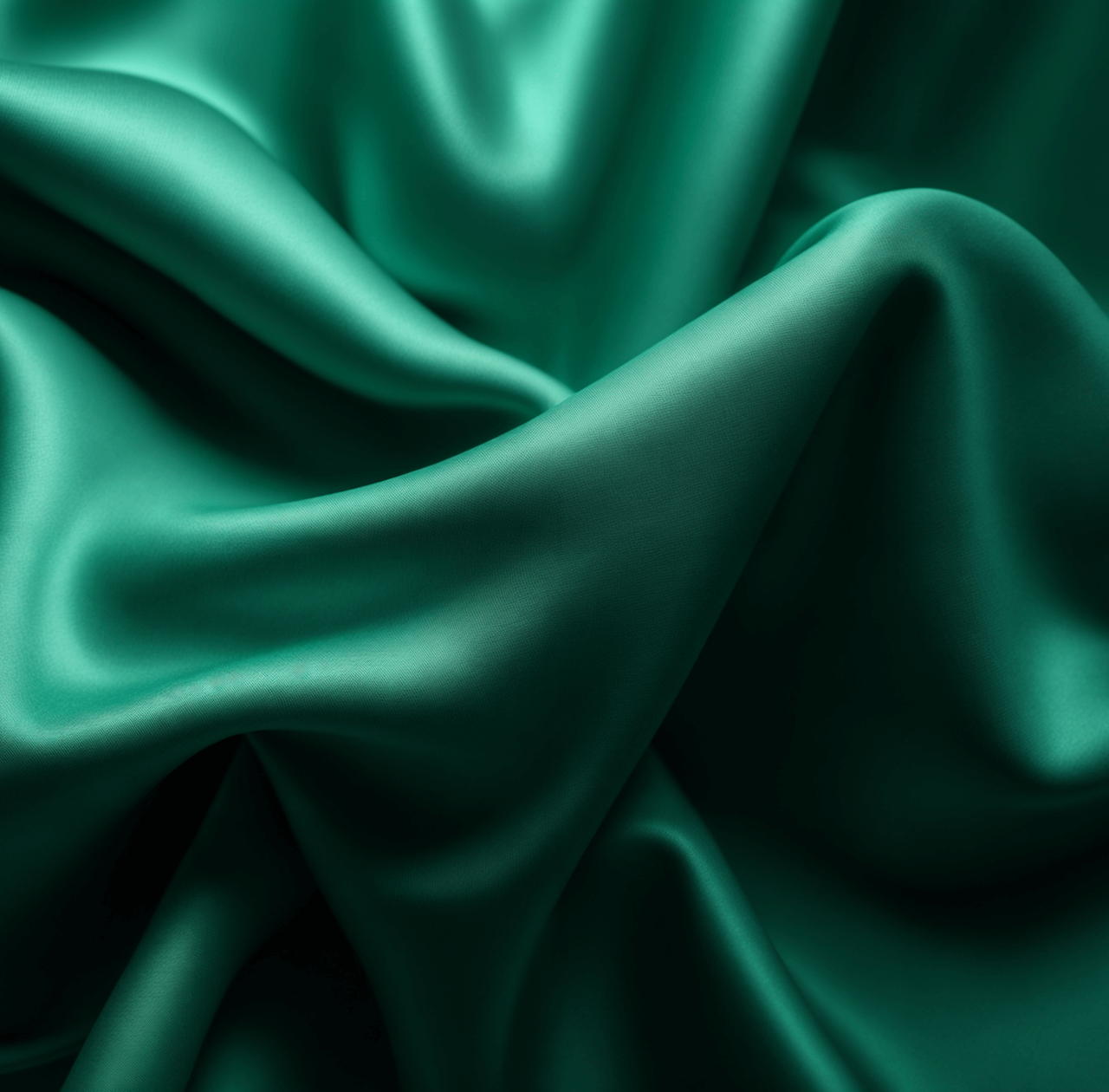
Delta E 2000: The standard for color fidelity
Delta E 2000 (dE*00) is the most advanced standard for evaluating color fidelity. It improves upon earlier Delta E metrics by aligning more closely with human perception. For eCommerce fashion photography, where precision is paramount, dE*00 allows teams to set clear tolerances for acceptable variation.
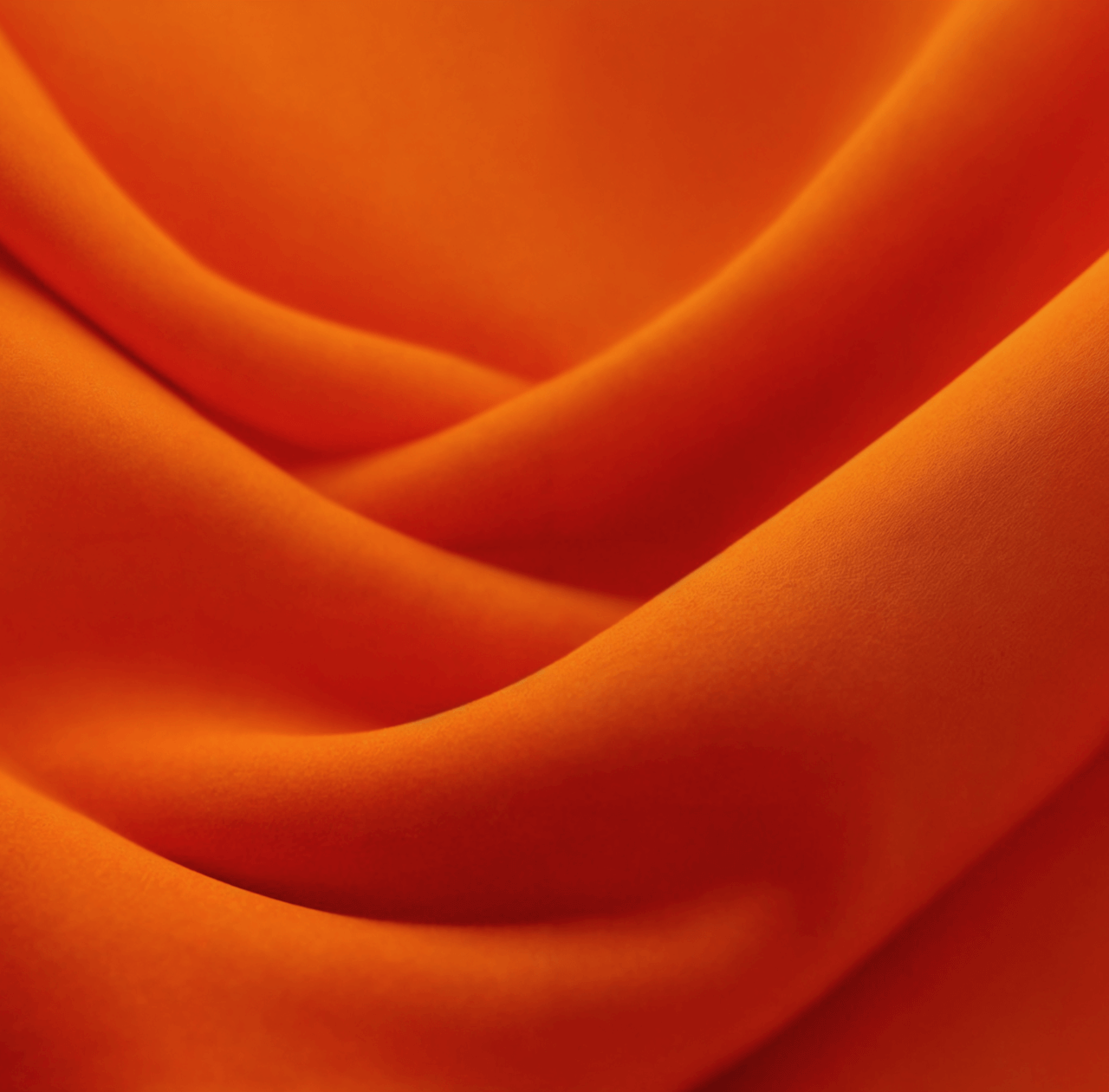
Why Understanding dE*
is essential
Understanding dE* enables photographers and post-production teams to make informed decisions about color fidelity, serving as a critical quality control metric in eCommerce to maintain consistency across large volumes of product photos. By quantifying color differences, dE* helps identify and correct issues in lighting, camera calibration, or digital editing, improving operational efficiency and ensuring precision for brands looking to scale without compromising quality.
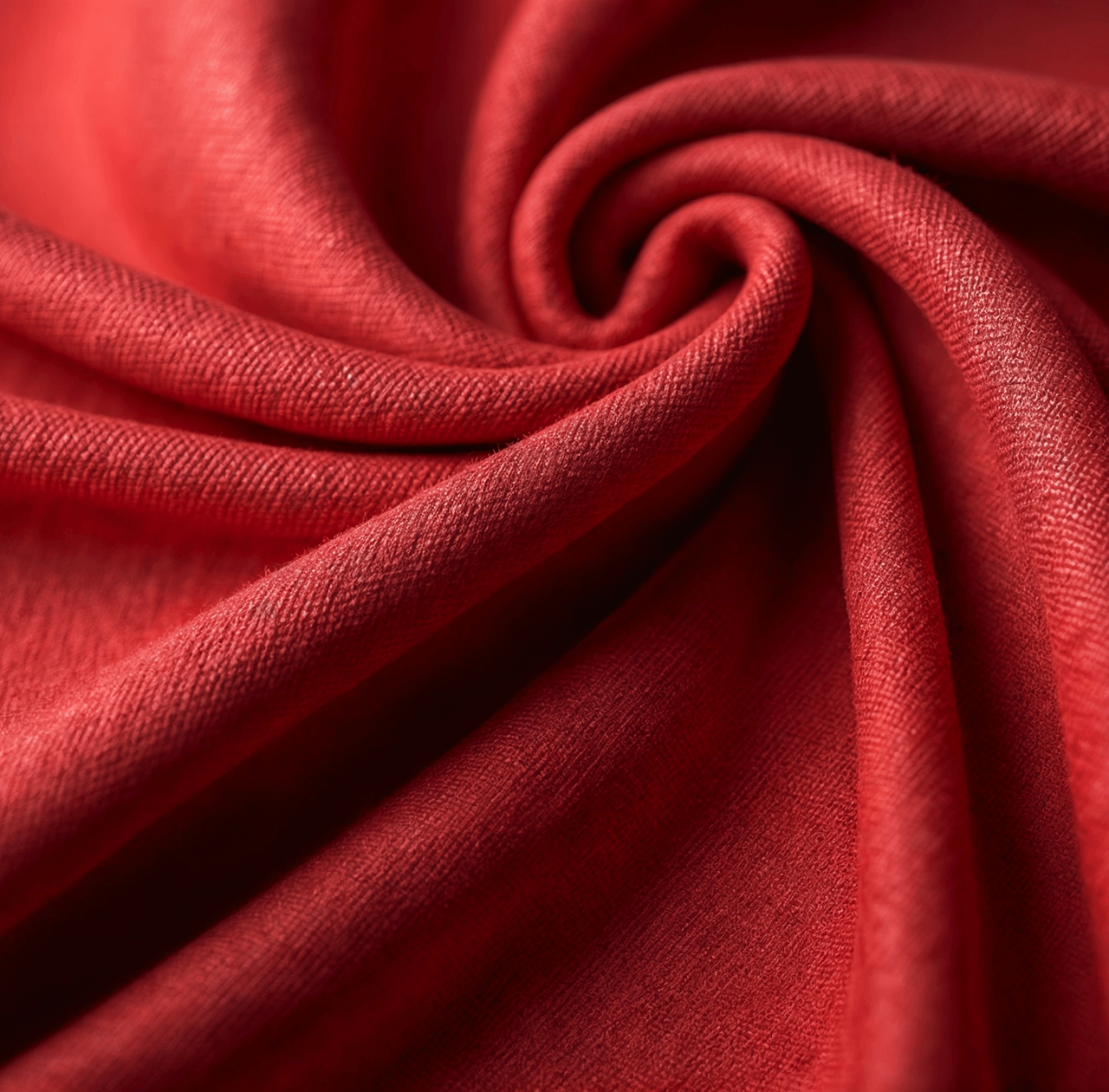
Color Perception in Practice
Color differences are not perceived equally across all variables. Three key factors influence visual shifts: Lightness (L*): Changes in brightness are more noticeable in darker tones. Chroma (C*): Increased saturation can enhance appeal but may reduce detail. Hue (H): Small hue shifts can create perceptible differences, even at low Delta E values
